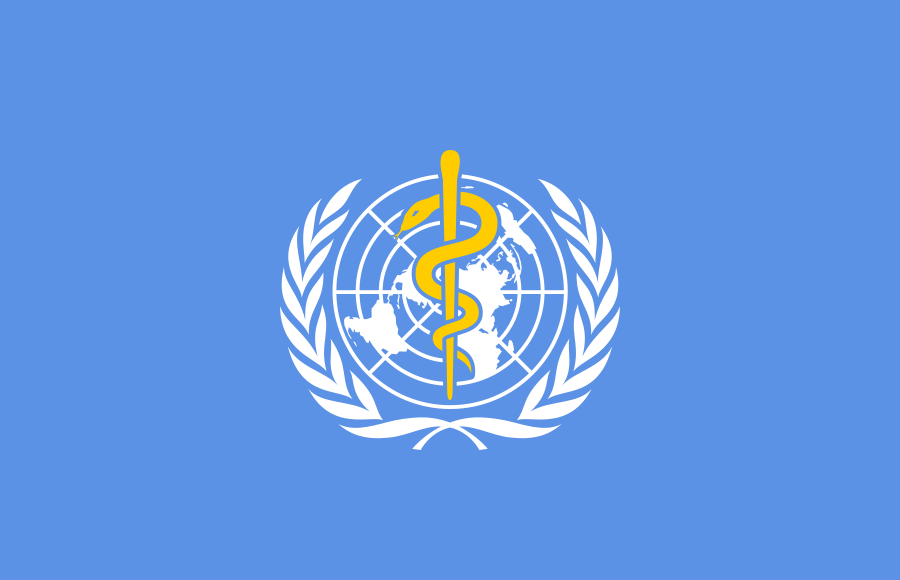Another unsettling move by the WHO is acknowledging “Russia’s work to advance maternal and child health,” when the country has been equally busy bombing hospitals and maternity wards in Ukraine, and conducting all sorts of other heinous crimes against children there.
The WHO ignores successful strategies which prove it wrong
Moving on to the agency’s well-known stance against tobacco harm reduction (THR), amongst the agency’s recent winners for the efforts against smoking announced on World No Tobacco Day, notably missing was a representative from Sweden, the first country in the world which has actually achieved a Smoke-free status.
In fact also on the event of World No Tobacco Day on May 31st, MEPs Sara Skyttedal, Johan Nissinen, Tomislav SSokol, Dr Christopher Russel, and Federico N. Fernández, and a group of researchers from global network We Are Innovation, discussed the successful strategy employed by Sweden. This led the nation to achieve the sought after rate, well ahead of its fellow EU countries, and any other countries for that matter. Unsurprisingly, the WHO has not taken this success into consideration, and would have solely focused on the fact that this success was achieved via methods it advocates against.
As petty as they come
In the not so distant past, the WHO is also known to have dealt with the COVID pandemic in a most ineffective manner, firstly by taking action too late and secondly for failing to take the right actions when it did. Subsequently in the heat of the pandemic, the agency went on to focus substantial efforts to fight the “vaping pandemic”, instead of directing all its resources to fight the actual pandemic killing and isolating millions.
In fact, a significant 2022 US study published in the Journal of Primary Care & Community Health, had put to rest the World Health Organization’s attempts to link vaping to COVID-19. Conducted by the Mayo Clinic, the study titled “Electronic Cigarette Use Is Not Associated with COVID-19 Diagnosis” involved nearly 70,000 patients, and concluded that e-cigarettes “do not appear to increase susceptibility to SARS-CoV-2 infection.”
“For over a year, we’ve had to endure WHO’s latest round of orchestrated lies about vaping. Outrageously, various WHO briefings and materials on COVID have stated that ‘e-cigarette use may increase the risk of infection’, without offering any scientific basis whatsoever,” said Executive Coordinator of the Coalition of Asia Pacific Tobacco Harm Reduction Advocates (CAPHRA) Nancy Loucas in response to the findings.
She added that thankfully, trusted media sources have given the Mayo Clinic study some visibility. “Thankfully, credible, trusted media sources such as Forbes have given this latest Mayo Clinic study the credit it’s due, headlining ‘No, Vaping Doesn’t Make You More Susceptible To Coronavirus’. Good on Forbes for profiling the evidence, not profiting from all the emotion.”
Experts are still urging the WHO to recognize THR
Meanwhile, inline with pleas by other tobacco harm reduction entities, a recent GSTHR Briefing Paper is calling upon the WHO’s Framework Convention on Tobacco Control and the Conference of the Parties (FCTC COP10) to incorporate THR in its discussions.
In November 2023 representatives from over 180 countries will be meeting in Panama to attend the tenth Conference of the Parties (COP10) to the Framework Convention on Tobacco Control (FCTC). The last event, COP9 virtual conference was (as in previous years) closed off to the public and only accessible to a handful of selected media representatives. While the Climate-related COP26 allowed the attendance of 2,360 NGOs, the FCTC COP9 just allowed 21 handpicked NGOs. Sadly, none of these represented populations who will be affected by the decisions taken at the conference.
This meeting is held every two years and will have a great impact of the future direction of international tobacco control policies and how they are implemented. Tragically, despite the importance of this event, it is infamous for being secretive and held behind closed doors, leaving many stakeholders, such as smoking cessation experts and consumers out of discussions. Titled, “The Framework Convention on Tobacco Control (FCTC) and the Conference of the Parties (COP): an explainer”, the GSTHR document explains the event in great depth and how it operates.
Meanwhile, given that governments will be sending their delegates to COP10, earlier this year CAPHRA has made it a point to send comprehensive reference material in time for their COP10 planning and deliberations. Moreover, the group’s nine member organisations have written to FCTC delegates and health leaders from across the globe, urging them to review the science on THR ahead of COP10.
‘We do this on behalf of the four million current users of safer nicotine products in the wider Asia Pacific region. As you are aware, our region bears the brunt of the harm and death from combustible and unsafe oral tobacco globally,’ said the letter. The document reminds the delegates that the FCTC has a mandate to pursue Harm Reduction as a core tobacco control policy. It also highlighted that the FCTC’s policy to make COP10 sessions closed-door, unaccountable, and unreported is unacceptable.
Data show the WHO’s guidance does not work
Meanwhile, a 59-page 2021 white paper discussing case studies conducted in several countries with the aim of measuring smoking cessation-related progress, has shown that those following the World Health Organization’s guidance, keep struggling with higher smoking rates. Titled “Vaping Works. International Best Practices: United Kingdom, New Zealand, France and Canada,” the publication was released by the Property Rights Alliance. It consisted of four respective case studies by Christopher Snowdon (Institute of Economic Affairs, the UK), Louis Houlbrooke (New Zealand Taxpayers’ Union, New Zealand), Patrick Coquart (IREF, France), and Prof Ian Irvine (Concordia University, Canada), and confirmed what public health experts have been pointing out all along.
Countries applying progressive THR policies are enjoying a significant drop in smoking rates, case in point-Sweden. Whereas those following the agency’s outdated guidance, such as Australia, sadly continue to experience stagnantly high smoking rates.




![Recent Conference Urged Nations Worldwide to “Quit [Smoking] Like Sweden”](https://www.vapingpost.com/wp-content/uploads/2024/04/vape-conference-238x178.png)







